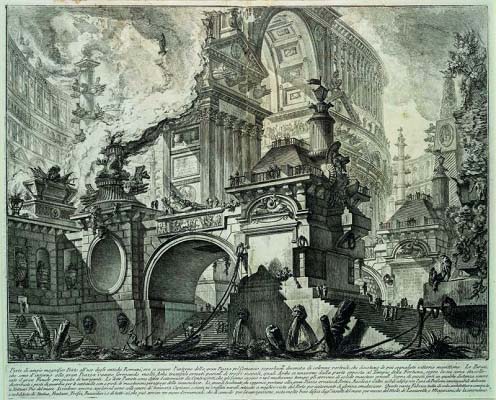Italy celebrates 300 years of Piranesi

Rome: The Central Institute for Graphics, or Istituto Centrale per la Grafica, marks the 300th anniversary of the birth of Giovanni Battista Piranesi who was born near Venice on 4 October 1720.
Piranesi drew on his background in architecture, engineering and stage design to create masterful engravings noted for their architectural detail, dramatic lighting and sense of realism.
He also believed passionately in the right to indulge in creative licence, using his fertile imagination to infuse strong elements of fantasia into his work, in a continuation of the capriccio or architectural fancy begun during the Renaissance.
The printmaker bent the rules by manipulating perspective and exaggerating the scale of his buildings, merging them seductively with overgrown romantic ruins in an almost dreamlike utopia.
Piranesi’s prints of palaces, churches and monumental ruins were highly sought after, particularly as prized souvenirs by the Grand Tourists visiting Rome, and he earned fame and fortune in his own lifetime.
The visionary artist’s reputation was sealed thanks to his remarkable sequential print series: Le Vedute di Roma (1746-78), Grotteschi (1747-9) and Carceri (1749-50).
He is also remembered for the lofty quotation: “I need to produce great ideas, and I believe that if I were commissioned to design a new universe, I would be mad enough to undertake it.”
Entitled Giambattista Piranesi: Dreaming the Impossible Dream, the Rome exhibition comprises 50 works created by Piranesi and his workshop over a period of 30 years, and it runs from 15 October until 31 January.
The show is divided into four sections: I Capricci e le Carceri, fantastic architecture of the first period; The Roman Antiquities and the Campo Marzio; Views of Rome and its surroundings; Piranesi designer: Camini, Vasi e Candelabri.





